As you must know is you’re interested in the Setouchi Triennale and/or if you a regular reader of the blog, last week-end was the opening of the fall session of the festival’s 2013 edition. And this session sees three new islands joining the festivities, namely Awashima, Takamijima and Honjima.
Those are the places where I went last weekend and it was a very rich experience.
In a certain way, partly because I didn’t know Awashima and Takamijima at all, and also because the islanders themselves were experiencing the Triennale as hosts for the first time, I had some reminiscence of three years ago, when I attended the first triennale and visited most of the islands for the first time. You could feel the same excitement, the same feeling that you’re experiencing something unique.
I’m not going to talk much about the art here (I’ll detail some of it in future posts), but rather, this post is a collection of impressions and thoughts about that weekend and the islands themselves, starting with:
Awashima
I had meant to visit Awashima for a long time. I hear about it from time to time and apparently there are quite a number of things, especially related to art and culture taking place quite regularly on the island. That intrigued me for a while as we all know how all those islands are getting emptier and emptier and are slowly dying, it’s even the main reason for the Triennale: to prevent those deaths.
Even before my arrival on the island, at the Takuma station in Mitoyo (Awashima is part of the city) I instantly noticed that the entrance of the island in the “Setouchi club” is quite a big event. Special posters everywhere (I mean posters that are specific to Awashima in addition to the usual Setouchi Triennale posters; I never saw such posters for the other islands – I actually saw some Honjima specific posters the following day in Marugame too), same thing for the volunteer staff, they all had Awashima T-shirts and not the usual staff T-shirts that can be seen everywhere else, and a few more telling details like that.
The feeling got stronger in the port of Suda, where leave to Awashima. The organization felt quite large for such a small city and such a small island. And yes, I said “boats” – plural – as there are several that carry people to Awashima and from a few ports.
Another noticeable detail is a certain flexibility in the organization. One of my main gripes with the Triennale’s organization is the lack of boats and busses here and there. Despite the – sometimes very large – number of visitors, the boat and bus schedules are very often not different from the usual schedule when there’s no festival going on. Sometimes the reason is pretty simple and very material (they simply don’t have the number of boats or busses to have a bigger frequency on a given route), some other times, I’m not exactly sure why.
There, in Takuma, when we saw the shuttle bus to Suda port, we asked at what time it left and the answer was “as soon as it’s full.” In Suda, even though there was a good twenty minutes left before the boat was supposed to leave, the maximum number of passengers was already waiting in line, so we were simply invited to come on board and the boat simply left, 20 minutes early. Another boat came to replace it. I assume that one left on time.
This flexibility is very “unjapanese” but gladly welcomed in my opinion.
When we arrived in Awashima, another surprise awaited us. There really were a lot of people on the island, and not only visitors. Indeed, I’m not sure why, but Awashima seems much less affected by depopulation than its neighbors. Very few abandoned houses (if any) in the main village, a few restaurants, and even a few shops, including souvenir shops here and there (some permanent, some clearly temporary and established for the Triennale). In other terms, it felt more like a small touristy island that can be found almost anywhere on earth rather than like a Seto island.
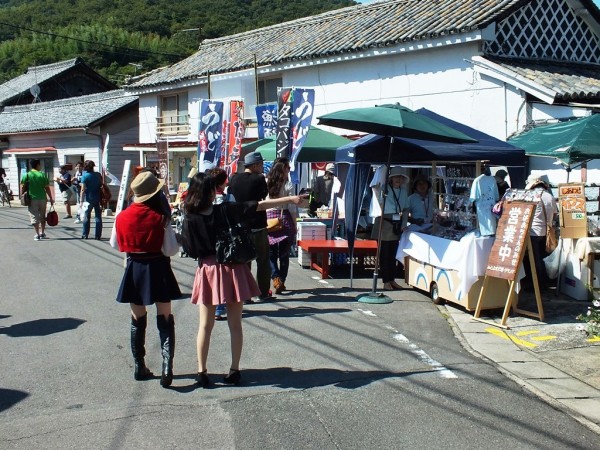
I’m not exactly sure why Awashima is so “alive”, but it may come from the fact that until 1987 it housed one of the main and best sailing school in Japan. Sure 1987 is not yesterday, but Awashima’s decline only started then, it’s still decades after all of the other islands. I need to know the island better to have a better idea of what’s going on. Apparently, they managed to remain quite touristy for some reason.
And that was my main issue with that first visit.
Simply don’t believe the blogs, guidebooks – not even the official site of the Triennale – that tell you that you can visit smaller islands in just a couple of hours. I was not too excited about visiting three islands in two days, and it turned out to be indeed a terrible idea. I feel like I haven’t seen anything of Awashima. I haven’t really seen anything of the island itself, and even the artworks was visited way too quickly. We didn’t even have time to see all of the art. In other words, for this visit of Awashima, we did exactly what I advise against to anyone who is planning on attending the Setouchi Triennale.
So a friendly reminder: the main thing when you go to an island – any island – is to take your time, to open your eyes, to feel the local atmosphere, to get to know the island as much as the art. Don’t rush! Locals call it “island time”: life simply goes slower there and so should you. I’d say that there is only one thing you should worry about schedule-wise: the time of the last boat of the day.
A few words about Awashima’s art (I’ll detail some of the artworks in their own post – if I find the time). I found every piece quite interesting, but none of them really blew me away. It may come from the fact that I rushed a bit too much though and didn’t appreciate them the way I should have. Not sure. Another issue (for the blog) is that they’re not very “photo-friendly”.
However, I can’t wait to return to Awashima to fix that mistake I made and really try to get to know it better (I plan on returning there by the end of the month)
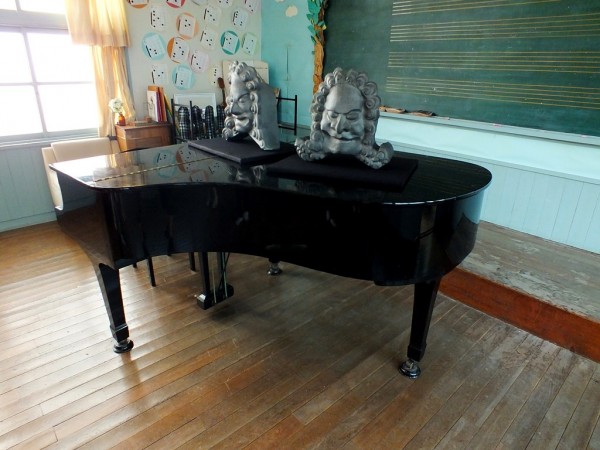
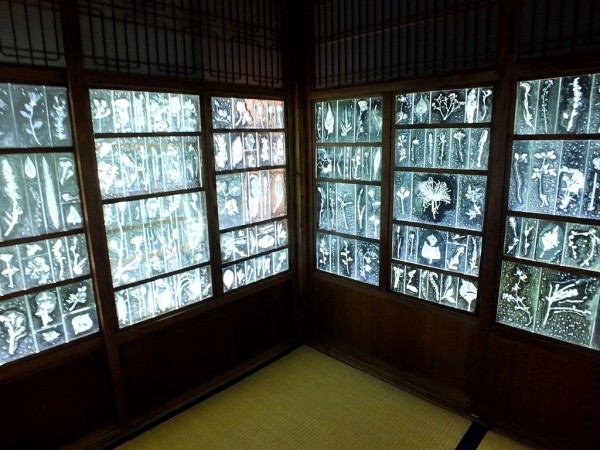
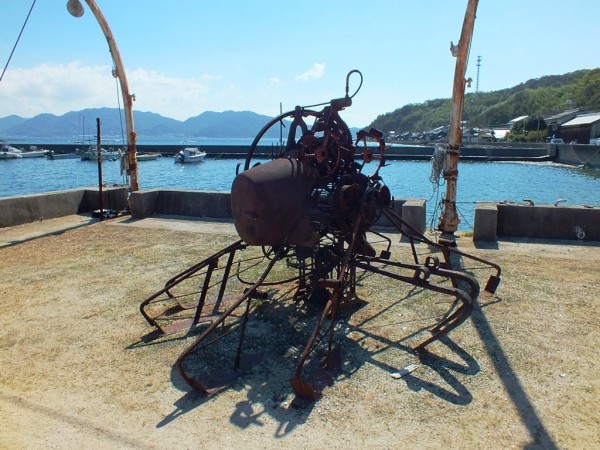
So yeah, I can’t wait to return and “explore” it properly.
And the reason why we rushed so much was that we were taking a boat bringing us directly to:
Takamijima
Arriving there, I knew even less about Takamijima than I knew about Awashima. The only things I knew about it came from a brief mention of the island by Mr. Oshima a few weeks ago when talking about the Setouchi islands.
Once again, it’s a very unique island (they really all are very different from each other). There are two villages, with the port in the middle. The southern village, where about one hundred people live, is by the shore. The northern village was built on a very steep slope, almost a cliff. It is today almost completely abandoned. As all of the artworks are located in the latter, I haven’t seen anything of the other village, the one that is populated.
Takamijima must have been quite an interesting place when the village on the slope was inhabited. However, while – just like anywhere else in the area – the depopulation really concerns me, in this island’s case, I tend to wonder why they built a village there in the first place. Couldn’t they find a more practical spot? Once again, I know nothing of the island’s history and culture, but as of today, I sadly kinda understand why this village is empty. As much as I often wonder why not more people want to live on the islands, in that case, I wonder who would want to live in such a village. And I’m also sure that I’ll regret having those thought as soon as I learn about the island’s history.
So, to get to the artworks, no other choice than walking up a steep slope. Once in the village, there are two main streets that are pretty much horizontal, parallel to the coast, and in between those are stairs not streets that connect everything, buildings and small passages.
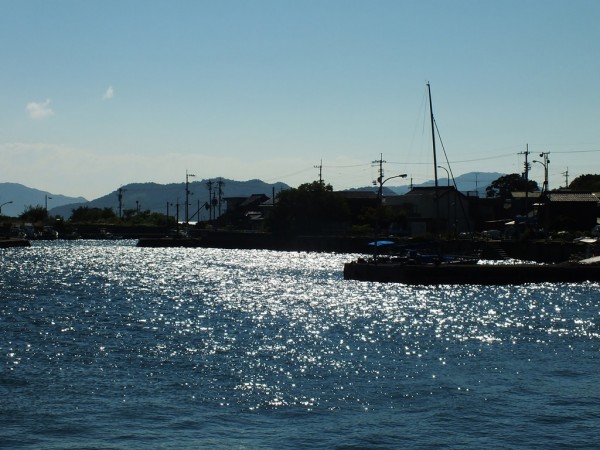
A piece of advice if you plan on visiting Takamijima: a baby stroller will be quite unpractical on the island (yep, even Onbas wouldn’t be practical there). Oh, and there’s is no place to leave your baggage or belongings in the port. That can make things quite complicated when you’re not going home at night and that you’re carrying a big backpack in addition of having your one and half year old daughter and her stroller.
You will have understood, visiting the island was not as pleasant as it should have been for those (un)practical reasons. If on Awashima, my main problem was the lack of time to really get to know it, on Takamijima, we had enough time, but the visit was simply too exhausting to wander around the island beyond the art. That and the fact that walking around a village that is completely abandoned is a bit depressing. Actually, from time to time, I felt that I had in front of me an image of the future. What has happened to that village is what could happen to Ogijima or Teshima in 10 or 20 years.
That feeling, almost constantly there, started to make me feel uneasy about the place; the contrast with Awashima making the thing even stronger.
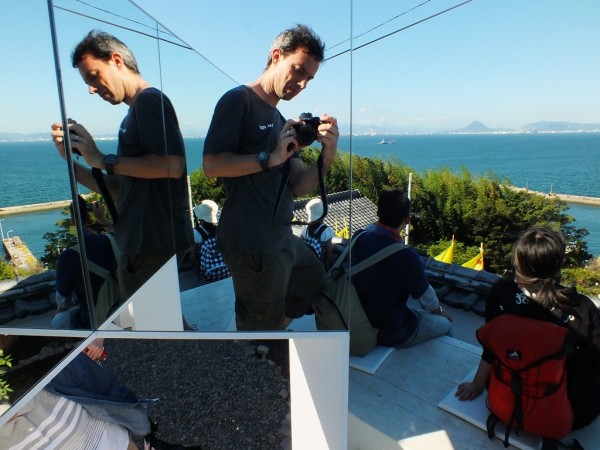
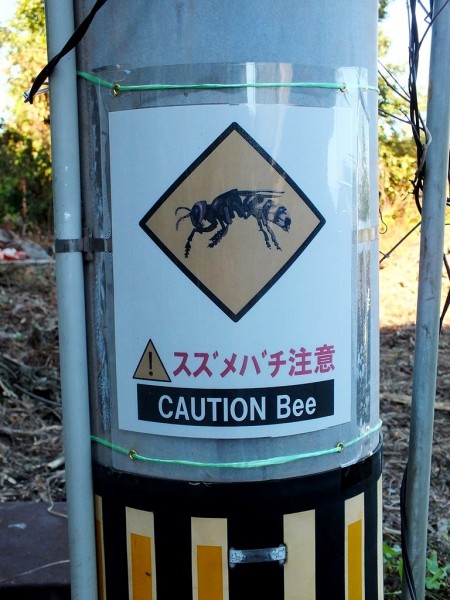
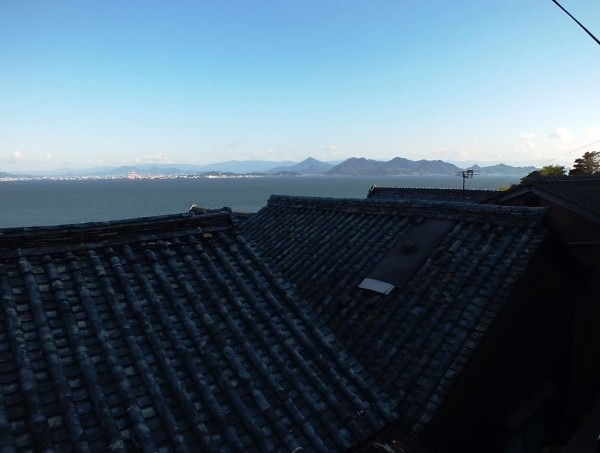
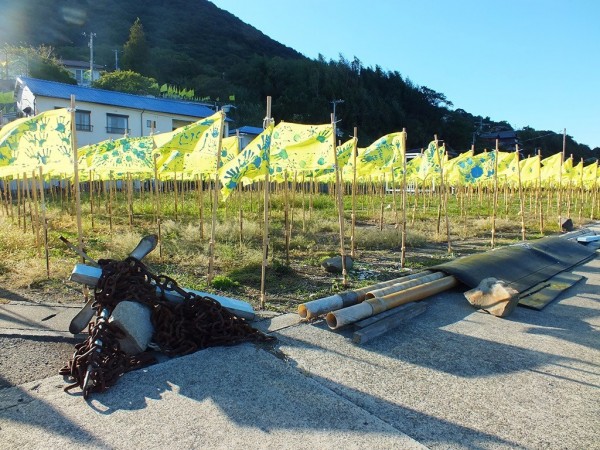
In the end, a part of me really wants to know more about Takamijima and its history. Another part also thinks that the island is an example of what will happen to all the other islands in the area if things don’t change quickly (right now, I’m having a hard time seeing how Takamijima can be saved, but once again, I know almost nothing of the island, and haven’t even seen the part that is lived in).
That night, we slept in Marugame and the following day we headed to our third destination:
Honjima
I already know Honjima a little, I had spent two days there one year ago – almost to the day. It is quite known in the area due to its history: famous for its sailors (said to be the best in Japan), Honjima wasn’t under the control of any daimyo during the Edo period and depending directly on the Shōgun himself. Because of that, Honjima’s sailors were more or less his private fleet in the Seto Inland Sea, and among other things, sometimes led attacks or even small wars against the boats of local daimyos for various reasons. It is thought that most of the pirate stories in the area come from that fear that the neighboring islands had of Honjima’s sailors, who were not pirates at all, but rather some sort of privateers.
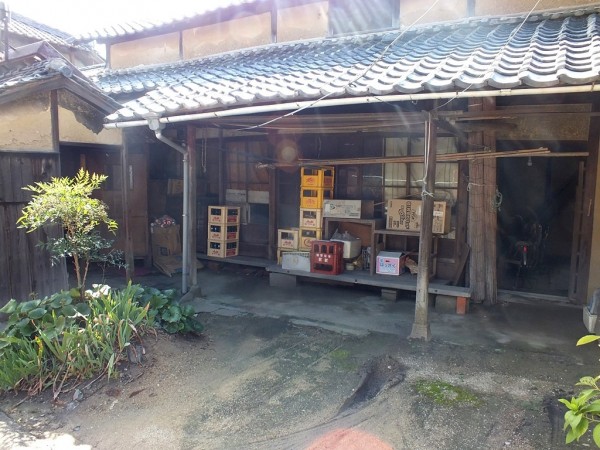
I like Honjima. It is quite depopulated too nowadays, but it has a pleasant atmosphere. Sure its streets feel a bit empty at times (its population is spread over several small villages on the island instead of just one or two), but it seems that life is good there. Also, its former salt evaporation ponds have a certain Floridian feel for some reason, when I walk back them, I even surprise myself instinctively looking for alligators in the water (must be the palm trees) and the village of Kasashima is simply one of the most beautiful villages around.
Actually, I’m quite surprise that there isn’t really any art in the village itself (actually there is some, but not affiliated to the Triennale), but the reason may simply be that there aren’t any empty house where to set it up (they all have an owner that takes care of them, even if said owner sometimes lives very far).
Apart from that we spent a very good, fun and relaxing day on the island (once again: not rushing is the key).
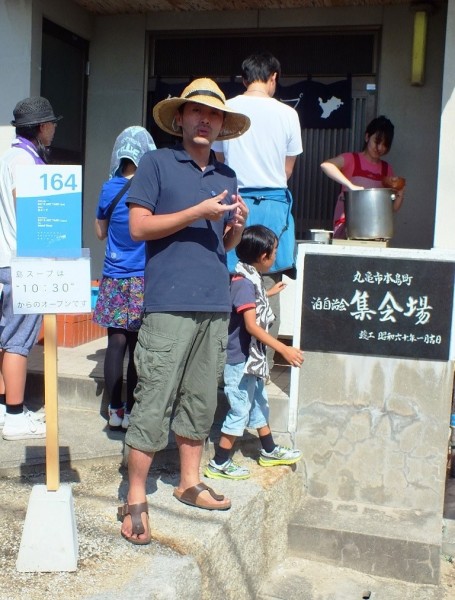
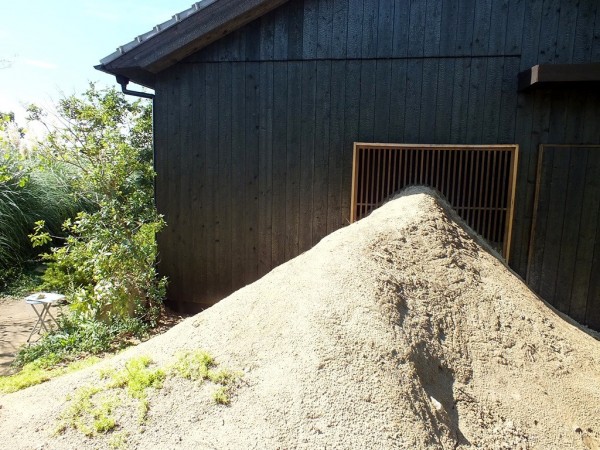
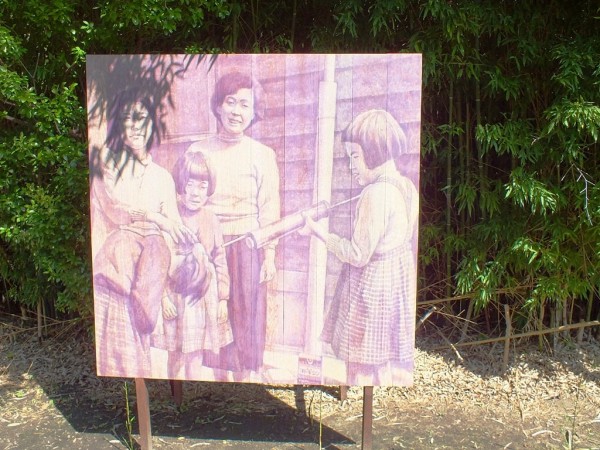
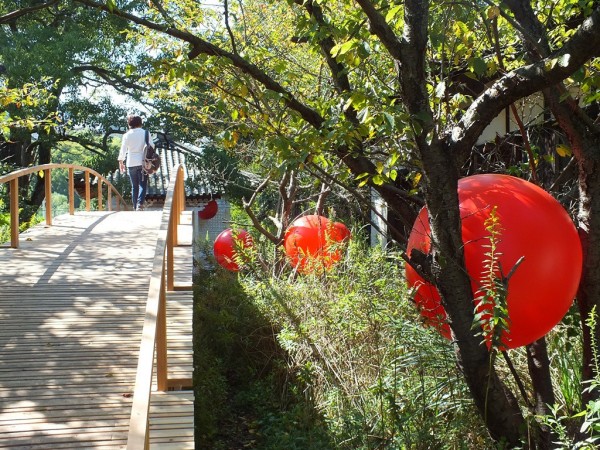
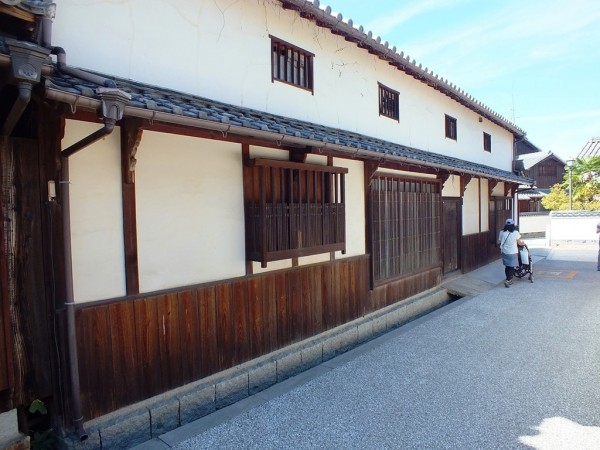
That’s all for today. I hope this post showed you how every island has its own identity and is worth visiting and not only because of the art.
Depending on my available free time and energy, I’ll try to tell you about some of the artworks before the end of the month (even though I suspect a large number will be permanent) as well as the other artworks on the other islands that I haven’t shown you yet.
Remember, you still have 23 days to attend the Setouchi Triennale 2013.
To be continued…
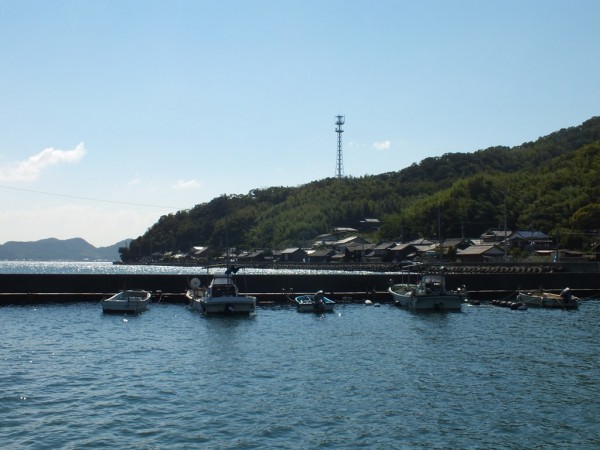
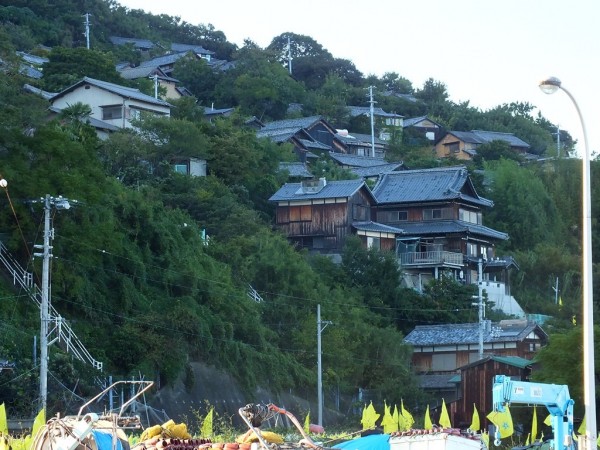
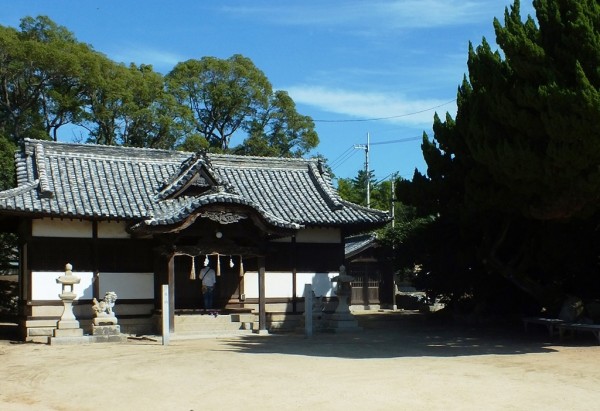
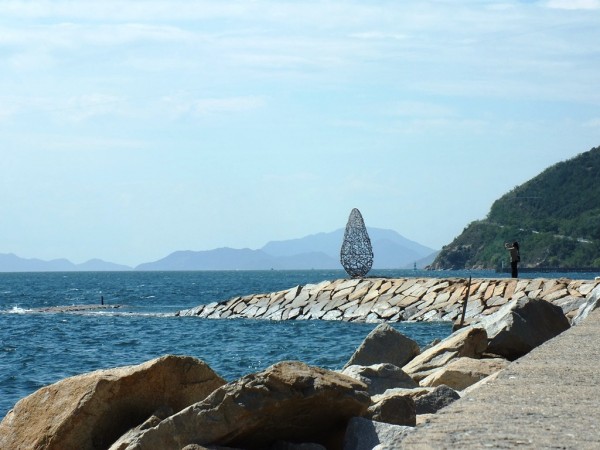
Great post as always. I only wish I could have been there. The 3 islands look great but unfortunately, without being there, I feel a loss at the connection for your posts. Let me explain a bit. Looking at the other posts on the main islands, it reminds me of my time there and I can completely relate to it. I can only imagine your feelings this time. Sometimes things need to be experienced in person and words, while great, can’t present the same detail as being there. I hope I can visit these islands at the next Triennale.
PS: I saw that bee warning sign and thought, due to the English, “Beware of Bee” as in a single bee. Perhaps they know only one bee is terrorizing the island.
Thanks Dru.
I know what you mean with the difficulty to relate compared to posts about the other islands. Sometimes that’s the main challenge of blogging for me. How to convey feelings and impressions to someone who hasn’t experienced what I’m talking about? And these days, I really feel that my blogs suffer from my general lack of time (why can’t I be paid for blogging, I’m jealous of people who manage to do it).
And maybe you’re right, maybe it’s one particularly vicious bee that terrorizes the island.
Hi there. I’ve just got back to Australia after 3 weeks in Japan, a week of which we spent exploring the Triennale. There were many highlights, and one was visiting these 3 western islands. Sadly we rushed even more than you did, following the suggested ‘course’ in the English-language Triennale guide which meant 10 hours from leaving Takamatsu station to returning there that night, of which less than 5 hours was spent on the islands themselves. I could easily have devoted a day to each island!
In terms of the artwork: I was totally blown away by Subtle Intimacy (the plants in glass) on Awashima, and the House of Pyrethrum on Takamijima — though the steep walk to get there, in such a short amount of time, was insane.
Throughout our week at the Triennale, our group of 6 Australians found the lack of information in English, the distance between artworks, and the often less-than=convenient ferry and bus timetables, to be very real problems. Having said that, I am SO GLAD I made the trip — it’s been an extraordinary experience!
Hi Kate,
Yes, the suggested schedules on the website are pretty insane, and kinda designed for the group tourism mentality of older Japanese people (like when they travel to 6 countries in Europe in 10 days or so).
Concerning the lack of convenience, I guess this is something that most foreigners visiting the area misunderstand – as well as many Japanese from more urban environment. One of the points of the Triennale is to make discover the area as it is, and yes, it is not always obvious to go from point A to point B. Actually, there are way more busses and ferries during the Triennale than in normal time, but they still can’t be like taking the metro.